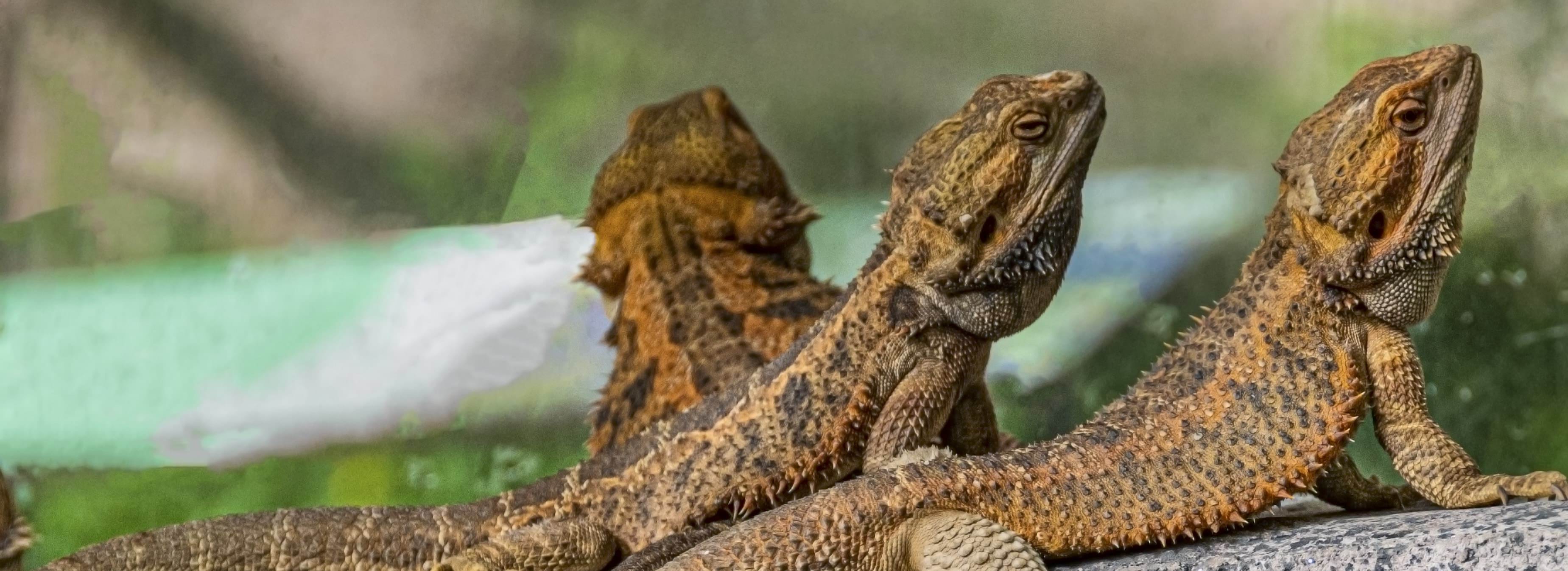Euthanasia of injured wildlife is sometimes necessary to prevent further pain, trauma or suffering of an animal that is unlikely to survive in the wild, even with extensive treatment and recovery. Humane and safe methods of euthanasia must be used.
Under law, registered veterinarians have the power to euthanise animals in certain circumstances, such as if they reasonably believe that:
- The animal is likely to cause serious injury or death to any person or animal, or
- The animal’s condition would cause continued suffering if it remained alive.
This includes where the wildlife:
- Is suffering from unreasonable and/or incurable pain, distress, trauma, sickness or injury
- Has lost essential limbs or function of limbs, including tails
- Has permanent vital sensory loss (hearing, sight, smell, taste)
- Has an incurable (can be treated but not cured) infectious disease or chronic illness
- Has permanent damage to their nervous system
- Is likely to require extensive surgery to survive
- Is unable to adjust to temporary care
- Is likely to require extended periods in captivity to be rehabilitated
- Is unlikely to survive or integrate in the wild
- Is under-developed young (e.g. un-furred young or ‘pinkies’).
Extensive periods of care may cause wildlife to develop dependence on humans, display unnatural behaviours, or have difficulty competing for territory upon release. If the animal cannot be released back into the wild, humane euthanasia is necessary.
It is inhumane to take an animal from the wild and keep it in captivity permanently.
If you’re still unsure about veterinary care for wildlife, please reach out to us for a discussion of your individual circumstances by calling 136 186 or emailing us.
Updated
